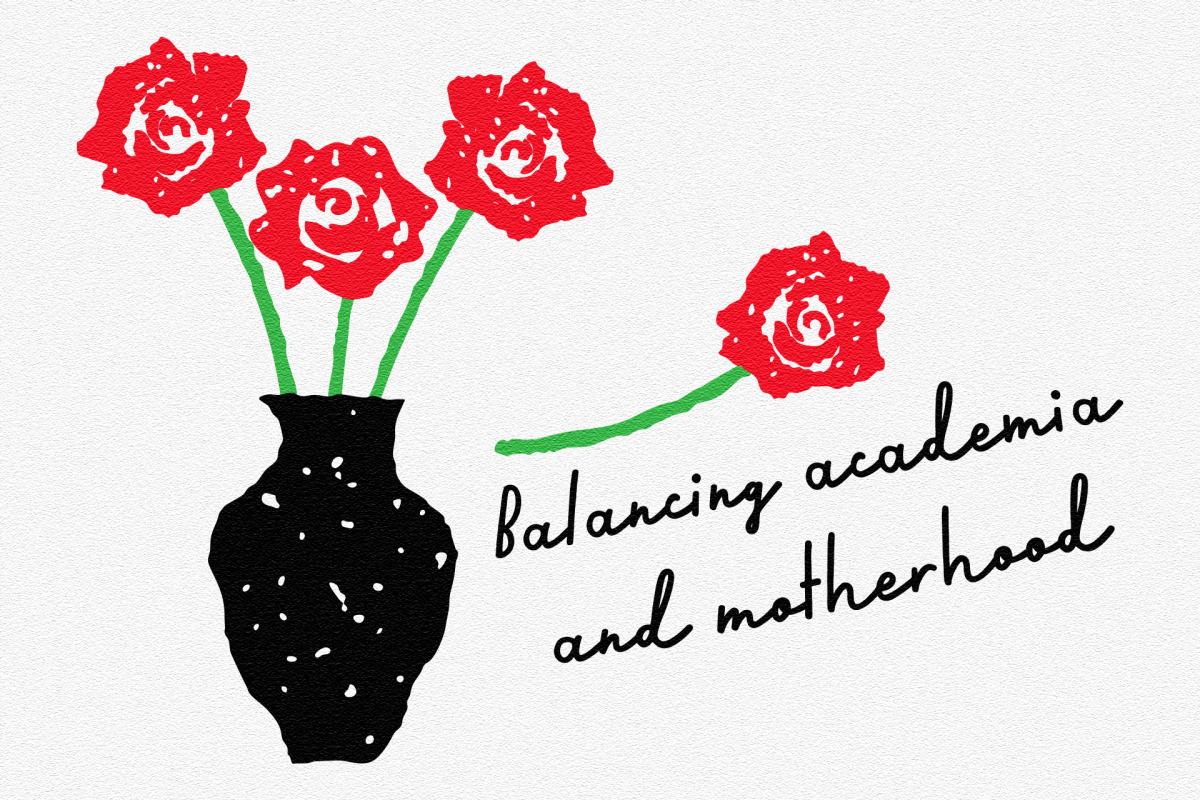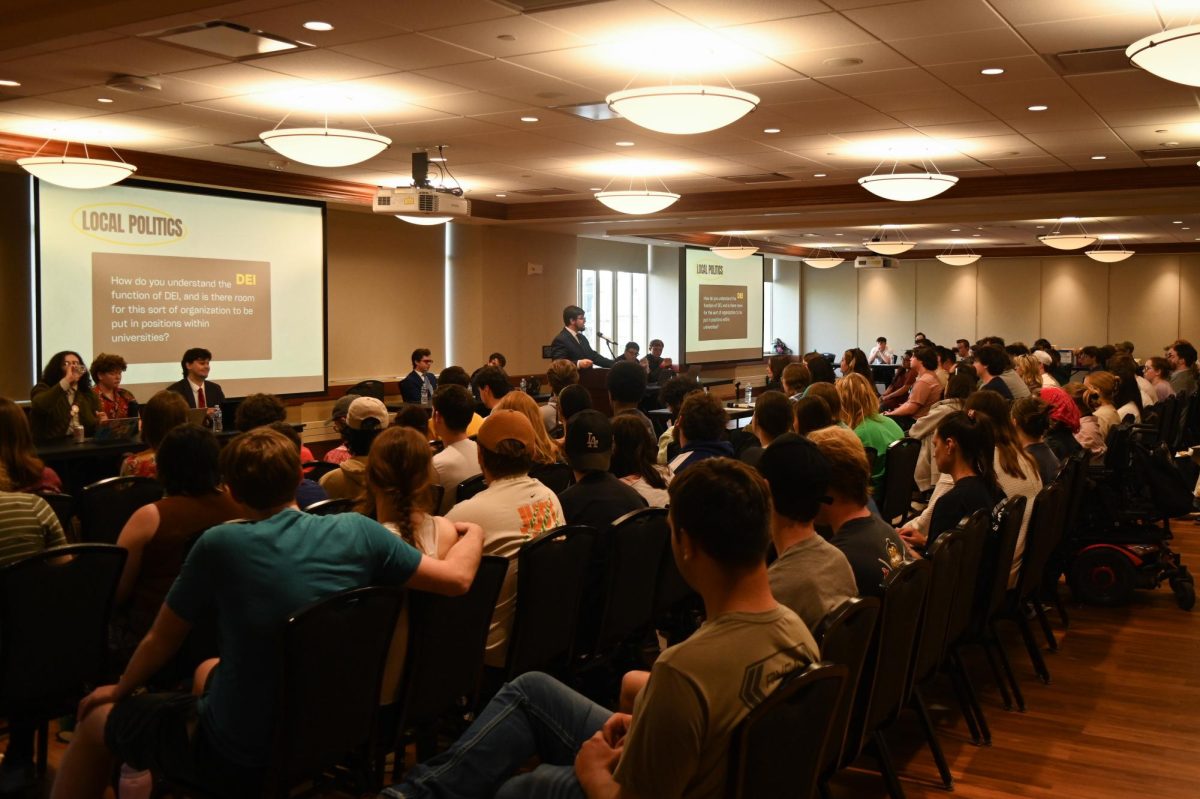Every preteen, teenager or young adult must endure a timeless struggle in order to pass their coming-of-age rite. The search for one’s identity has been highlighted in classic teen films such as “The Breakfast Club” and “Mean Girls.”
While “Sami Blood” isn’t set in American suburbia between the 1980s and 2000s, it deals with the question of one’s identity and belonging to a group all the same.
Taking place in Sweden, the film alternates between the present and the 1930s, told primarily through flashbacks. The main character, Ella-Marja, who now goes by Christina, is attending her younger sister’s funeral when she has flashbacks to her escape from her village and disassociation from the nomadic Sami people of southern Sweden.
The film opens with an elderly Christina (Maj Doris-Rimpi) being forced to return to her childhood town of Lapland to attend her sister’s funeral and reunite with her Sami relatives. She is clearly unhappy about revisiting the culture she left behind many years ago. She refuses to speak the southern Sami language and attend the Sami rituals and opts to check into a hotel rather than stay with her family.
The film then shifts to the 1930s and tells the tale from the perspective of the adolescent Elle-Marja (Lene Cecilia Sparrok), how she left everything and everyone she knew behind to become the woman introduced in the beginning of the film.
Although her father is dead, young Elle-Marja and her younger sister Njenna (Mia Sparrok) live comfortably with their mother, a reindeer-herder, and her grandparents. The girls attend a local boarding school where Sami children are forcibly taken by the state and given half the education other Swedish children receive.
The children are expected to assimilate to Swedish culture by speaking only Swedish and refrain from yoiking, the traditional form of song of the Sami people. Disregard for these rules results in a stinging rap across the knuckles.
Visibly branded by their traditional clothing, the children are treated as ethnically inferior. In an uncomfortably harrowing scene, Elle-Marja and her female classmates are subjected to cranial measurements and forced to be photographed naked by scientists from the State Institute for Racial Biology in Uppsala.
For a difficult scene like this, film writer/director Amanda Kernell doesn’t rely on shock value to emphasize the severity of the situation but rather the sound of the camera’s flash emulating the crack of a whip.
Despite the scrutiny and racism Elle-Marja encounters from the school and the public every day, she rises above her classmates, being intelligent, confident and headstrong. She begins to crave the outside world and see what more is beyond her animal-skin teepee situated in the rolling green hills of Lapland.
The impetus of her break from Sami society comes after her teacher, played by Hanna Alström, tells her that she cannot attend university because she is enrolled in this boarding school. To add more salt to the wound, the teacher justifies this by reasoning that people of her kind aren’t fit to function in mainstream society.
And so begins her journey disavowing her heritage and assuming the role of a modern, urbanized Swedish girl. From creme cakes and mascara, to gymnastics and wearing rouge, Elle-Marja is transformed into Christina right before the audience’s eyes.
Kernell also explores Ella-Marja’s transformation through her sexual maturation by introducing her love interest Niklas (Julius Fleischanderl). While meeting NIklas isn’t directly related to her quest for her true identity, being in a relationship allows Elle-Marja to grow up in a way she wouldn’t have otherwise been able to.
This similar theme is explored by Kernell in Christina’s other relationships. By shedding light on the “new girl in school” situation and how Elle-Marja learns to fit in, Kernell expertly blends Elle-Marja’s social interactions with her changing self-concept.
Kernell, who is half-Sami herself, does an impressive job keeping a firm grasp on the pace of Elle-Marja’s emotional transformation. The film’s wide range of moods — from the tenderness of a first crush to the bitterness of racial inequality — adds a naturalistic tone to the movie that’s widely relatable.
Kernell also does wonderfully in casting. Interweaving Sami natives with professional, mainstream actors works beautifully for the film, with obvious standout performances from both an old, intense Rimpi and a young, compelling Sparrok.
“Sami Blood” paints young Elle-Marja as a quietly assertive young woman, consistently stepping forward into a foreign world no matter how terrified, driven by a need to learn and thriving in a life opposite the life she led as a Sami.
She is a remarkable character caught between two worlds. While American teens can’t fully relate to or understand the Sami cultural undertones in Swedish society, they can definitely resonate with the age-old identity struggle this powerful film artfully illustrates.
Rating: 9.8/10.
Edited by Claire Colby | ccolby@themaneater.com






